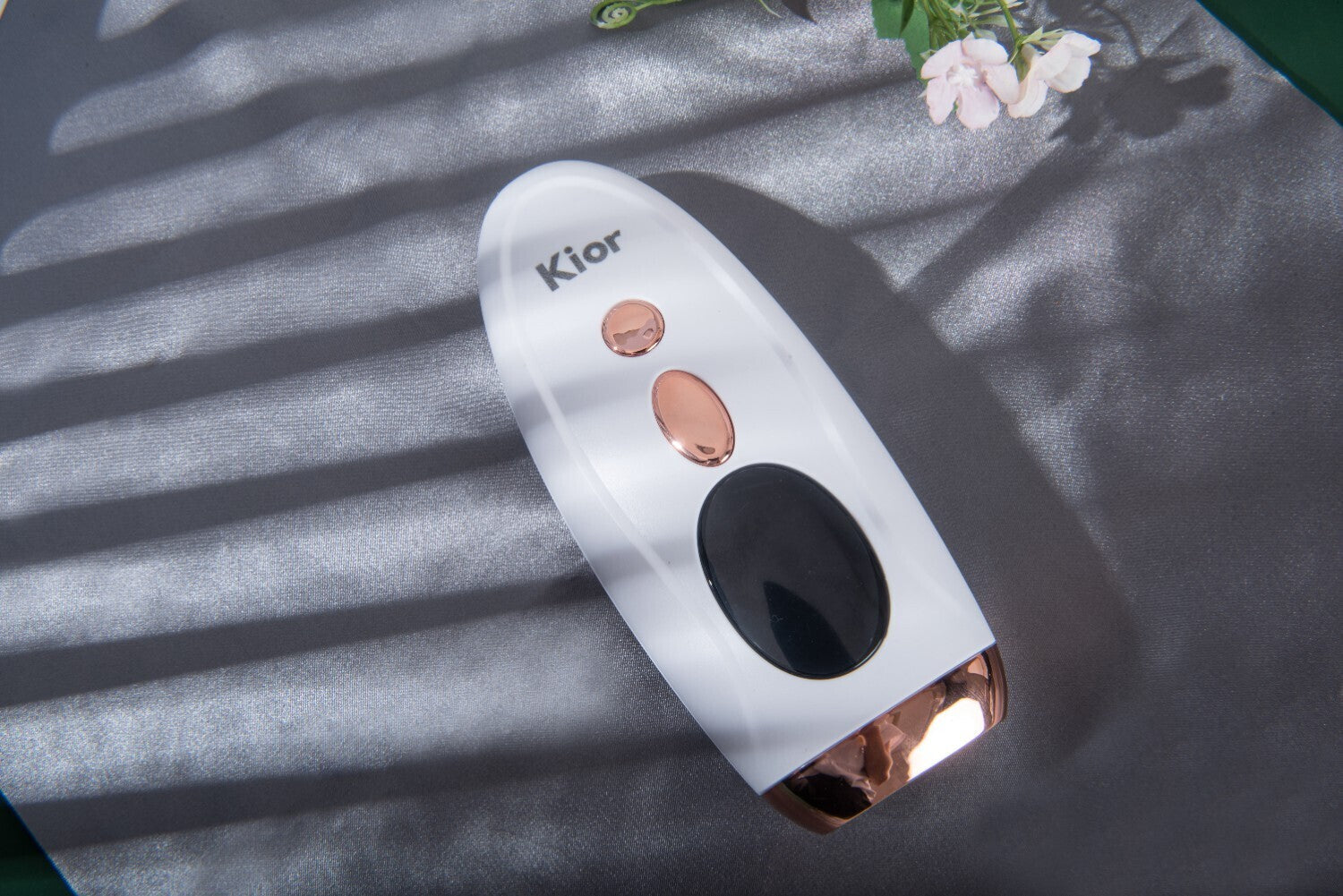Right around the onset of puberty, there will be a growth of a few redundant hairs in the body, like too much leg hair, hand hair, armpit hair, and facial hair. The traditional methods of getting rid of this hair include wax depilation, tweezers, chemical depilation, mechanical depilation, and shaving.
One common benefit of this is that this cannot destroy the stem cells of the hair follicle but can temporarily achieve depilation. Whereas thermal dissolution and electrolysis can effectively destroy the hair follicles, it comes with its disadvantages. You have a complex operation, takes a lot of time, low curative impact, poor efficiency, possible scars, and obvious pain.
The application of current-day laser technology can help achieve permanent removal of the hair. It can also be used to stop the growth of unwanted hair. This laser technology also avoids and reduces most of the disadvantages of the technology of the traditional hair removal method.
1). Laser hair removal: The principle behind the technique
The removal of hair by laser, or as professionals call it: the selective photo thermolysis theory.
Colloquially, there is a rich melanin content in both the hair and its follicles. The light energy absorption increases with the darkness of the material (melanin). This leads to increased heat generation and a sharp temperature rise. This then creates destruction of the hair follicle tissue nearby and the removal of the hair.
This resembles sunbathing during the winter, as people who have on black clothes become hotter than those with white clothes. The moment that the follicle of the hair is destroyed. It would make it seem like there will be a lack of hair growth in that area for years to come.
2). Does hair removal through laser harm the skin?
This is what people should be most concerned about. Since the tool used makes contact with your skin. Speaking broadly, so long as you are using a regulated and approved device, it is safe to remove your hair with a laser.
During the removal of hair with laser, after there is selective absorption of light energy by melanin, there is a sharp rise in the local temperature, while there is a destruction of the follicles of the hair. You can limit this thermal hair damage. You can find it inside the intended tissue. This means that there is melanin in the hair follicle. There will not be any damage to the nearby tissues of the hair.
Generally, the side effects of the strong light/laser method of removing hair are not common and do not last for long. There is also an extremely low probability of getting permanent sequelae.
3). Device for removal of hair in the home
The device for hair removal has a similar principle as the hair removal by laser method. But with the device for home hair removal makes use of IPL hair removal. By IPL, we mean “Intense Pulsed Light.”
This is a really wide spectrum and ranges from 400 nanometres to 1200 nanometres.
This IPL comes with a light beam that melanin from the hair follicles helps to absorb and gets to the follicle of the hair to get an effect of hair removal.
Both the laser and IPL methods of hair removal have similar principles. However, there is the most basic difference in the level of damage to the hair follicles: the IPL light has a gentler approach, whereas the laser has a more severe effect.
When used specifically. The device for laser hair removal has a much smaller size, gives no pain, and is ideal for home-based hair removal operations, gets its own in the house with two months (once in a week). But it comes with a crucial effect, the thing here is that medical beauty laser can be much cheaper.
Looking to choose a homemade device for hair removal in the house, there are two important points for us to consider:
1) The Energy density: There should be an energy density that exceeds 5J/cm2, or the device for hair removal will not be useful.
2) The Wavelength: According to the FDA, your home device for hair removal should have a wavelength of over 500nm. Anything different would damage the skin. Wavelengths that are more than 600nm can go deeper into the depths of the follicles of the hair to get a hair removal result that is more thorough.
The wavelength is used to determine the penetrable ability of the light. As pictured in the above figure, it is only a 550nm wavelength that can go deep down the hair follicles and damage it. If you are looking to purchase a device for hair removal, try to check the indicated wavelength of the device for removing hair. The only fundamental wavelength of the device for hair removal is 550nm.
Presently, the over 640nm version is best for home users. Do not just buy any devices for hair removal if they fail to disclose their wavelengths.
Reduce pain through the use of the light of long wavelength
Filters of long-wavelength can be used to separate light that comes with wavelengths that are over 600nm. This prevents the epidermis from absorbing the short light waves, which is then used to prevent source skin burns.
With a wavelength that is over 600nm, it is better to go with longer wavelengths, and an energy density of over 5J/cm2, a larger value gives a more desirable result.
4). Does the removal of hair affect perspiration?
Certainly, perspiration is not affected by hair removal. The follicles of the hair have a selective light energy absorption when being treated and prevents the sweat glands from receiving excessive heat. Furthermore, our bodies come with little sweat glands for perspiration that are not dependent on the hair follicles; this means that perspiration is usually unaffected.
5). Does skin sensitivity happen after the removal of hair?
Certainly not; this is not the way skin sensitivity works. Hair removal is primarily a process that is photothermal and will reduce the skin’s moisture, therefore will reduce the skin’s water content on completion of the procedure, while the skin might become red. However, these have minimal impacts.
Mostly after removing hair from the face, you should apply both moisturizing and hydrating creams to prevent several skin complications arising from a minimal amount of moisture. Furthermore, sunscreen must be used after the removal of hair and prevent any damage from the sun.


